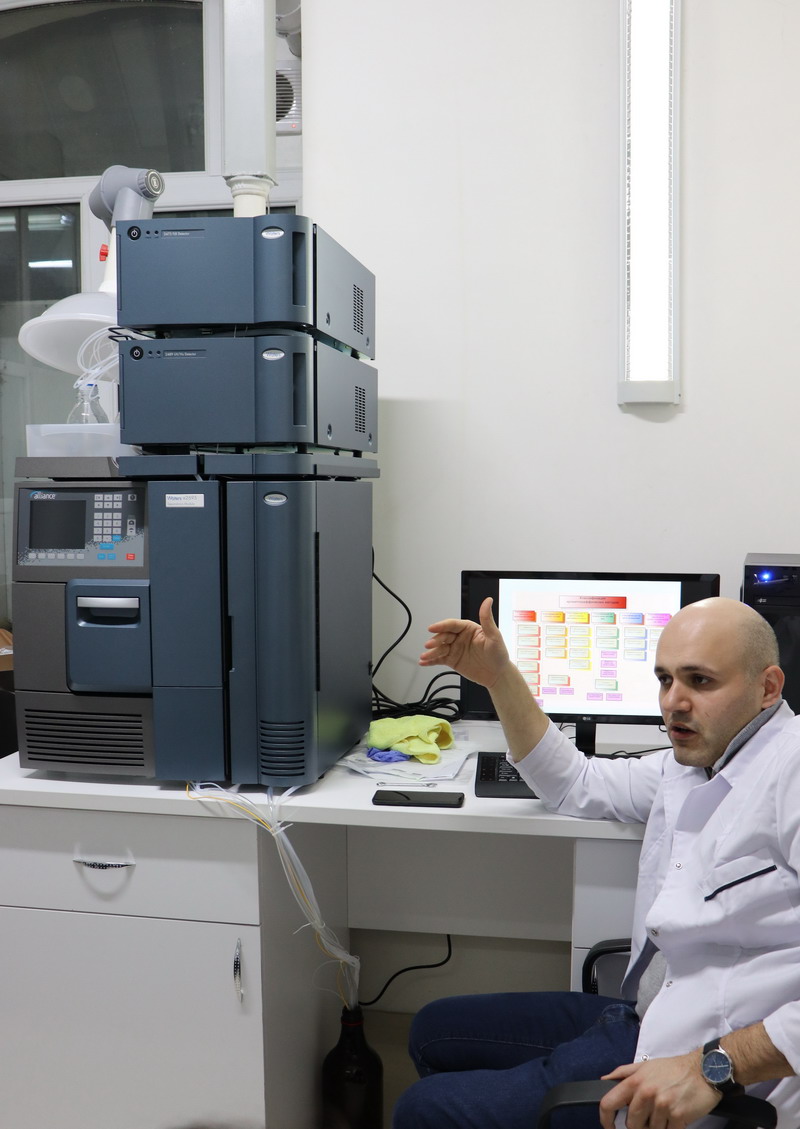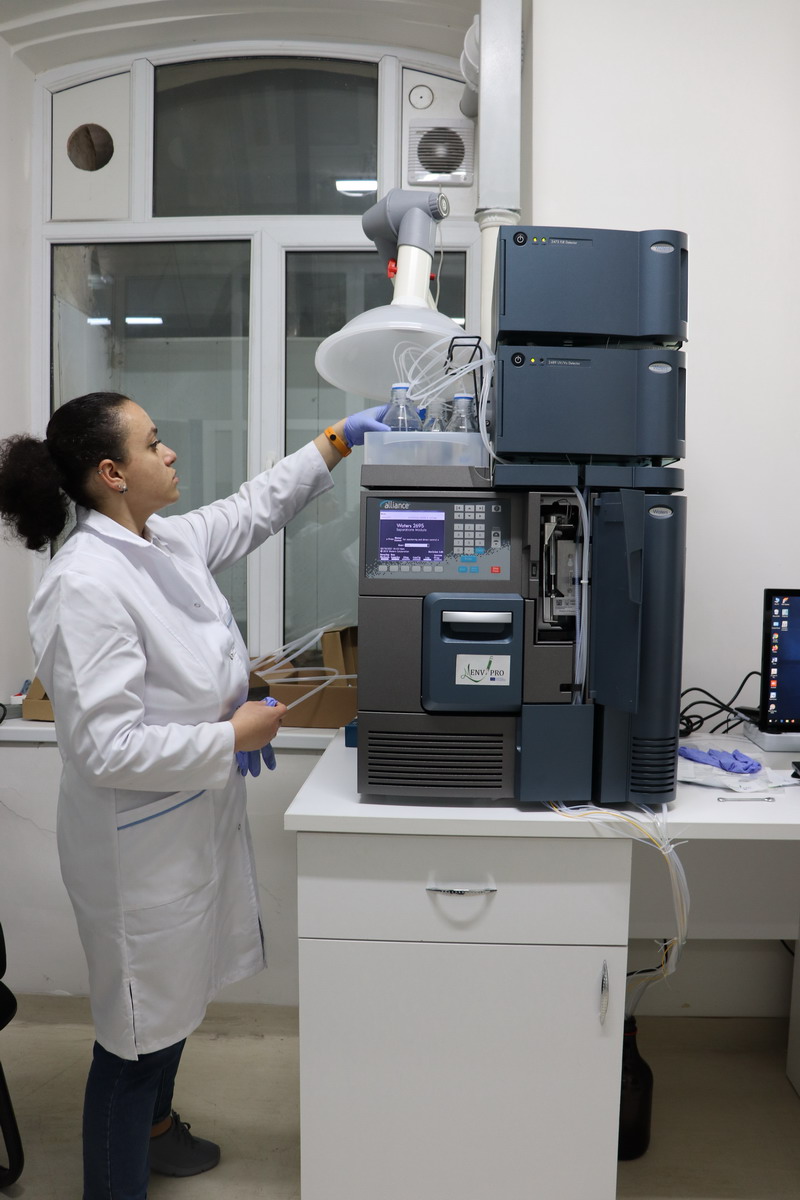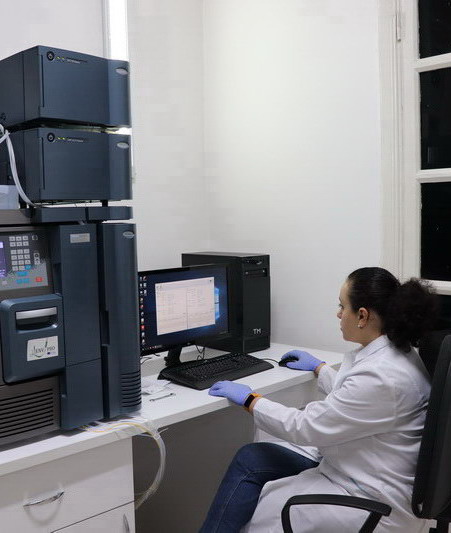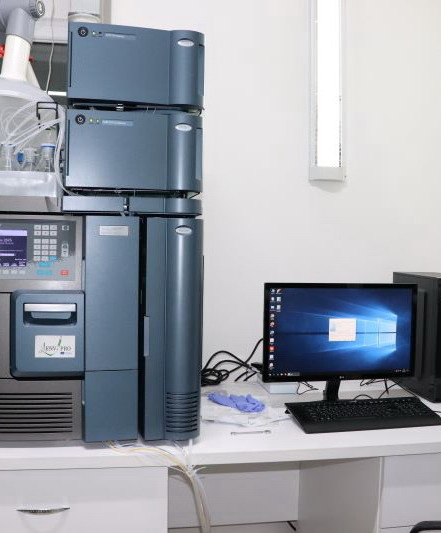Application of High-performance Liquid Chromatograph in Environment and Food Safety
Environmental pollution assessment requires modern technologies for early detection of chemical hazards and accurate analytical approaches. The latter are especially used for the identification and quantification of chemicals that can have an adverse impact on flora and fauna, as well as on public health. In addition to traditional pollutants, newly emerged pollutants are also prioritized at present.
Increasingly growing number of research is conducted and published each year as a result of the growing public interest in environmental issues. It should be noted that many studies of environmental pollutants are carried out with the use of a chromatograph.
Chromatography is one of the most efficient methods of separating mixtures of liquid-gaseous (gas-like) substances having different compositions. High-performance liquid chromatography has been widely used in experimental and analytical chemistry, food, pharmaceutical and chemical industry since the 1960s.
Gas chromatography is also widely used in environmental studies, however, the use of a high-performance liquid chromatograph (HPLC) is preferred for the examination of a number of substances (particularly polyaromatic hydrocarbons). HPLC is important for laboratory testing in the field of environmental safety. It allows the identification of chemicals that cannot be determined with a gas chromatography.
In addition, by combining atomic absorption spectrometry with other spectroscopic methods, HPLC enables differentiation between organic and inorganic forms when elements are detected in environmental samples. In general, high-performance liquid chromatography is a highly accurate method designed for qualitative and quantitative examination, whereas its only limitation is the impossibility of examining insoluble compounds.
HPLC is of particular importance in assessing the risk of metals as well as toxic elements. In particular, the assessment of possible health risk due to food consumption is carried out considering the concentration of this or that element in the food. It is known that different types of elements can have significantly different toxic effects (for example, the toxic effects of inorganic arsenic differ from those of organic arsenic).
Further, it is very important to determine the concentration of individual types of elements (for example, organic and inorganic) in the food samples for the effective implementation of the health risk assessment process. In this case, HPLC has great potential and can promote the improvement of the risk assessment process.
Application of HPLC in Nutrition and Food Safety
HPLC is a cost-effective technique that is widely used in food expert assessment, as well as in the determination of the indicators required for quality control, for example, nutrients subject to food labeling, as well as certain contaminants and pesticides, are tested with the help of the HPLC.
With the use of different detectors, it is possible to detect natural ingredients in food, carbohydrates, fats, triglycerides and cholesterol, fatty acids and organic acids, proteins and peptides, amino acids, vitamins, additives, sweeteners, dyes, toxins, mycotoxins, residues of pesticides and veterinary drugs, polyaromatic hydrocarbons, nitrosoamines, etc.
Food is a mixture of natural ingredients, as well as other complex substances, which usually arise as a result of technological processes, agrochemical processing and the use of packaging materials. Some of these compounds (such as veterinary drugs, pesticides, mycotoxins, etc.) are problematic because they can be dangerous to human health, even in small amounts.
The quantities of materials to be determined are often very small, therefore, sensitive and accurate analytical approaches are required. Moreover, the quality properties of food are also valued in the modern world in addition to the demand for safe and healthy food.
High-performance liquid chromatography is currently one of the most effective methods used to solve food safety problems and prevent fraud.



